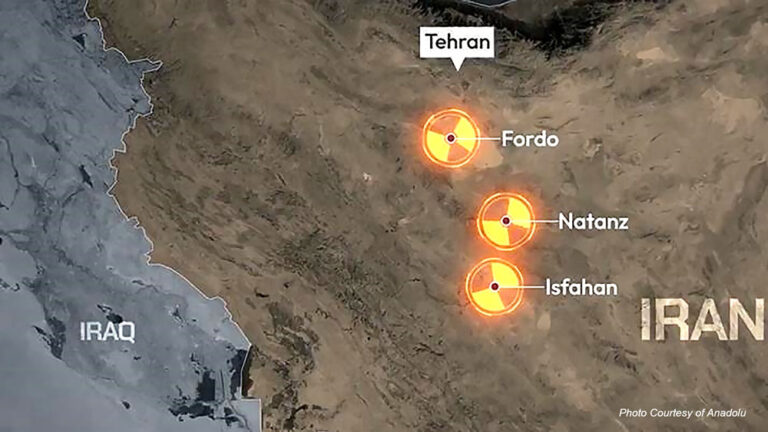German police have rejected as speculation a report that a line controller turned off an automatic safety system shortly before two passenger trains collided in Bavaria.
At least 10 people were killed and scores more were injured, 18 seriously.
An unconfirmed report suggested that an automatic braking system had been switched off to allow one of the trains to make up time.
But a police spokesman rejected the theory as “pure speculation”.
“Discard that, we reject that,” a spokesman told local broadcaster Bayerischer Rundfunk.
The braking system, which is supposed to kick in when a train runs through a red light, was installed after a 2011 disaster at Magdeburg in which 10 people died.
Reports in German media suggested that in exceptional circumstances the automated system could be overridden by rail staff.
Human error is still being investigated as a possible cause of the disaster, which happened on a single-track commuter line on Monday morning near Bad Aibling, a spa town about 60km (37 miles) south-east of Munich.
The transport minister said the trains had crashed into each other while both travelling at about 100km/h (62mph).
Emergency teams, some winched in by helicopter, worked for hours to free casualties from the wreckage.
Both train drivers and two train guards were among those killed.
One person is still thought to be missing, however police denied overnight reports that an 11th body had been recovered from the wreckage of one of the trains.
It seems likely that one of the trains ran a red light, but it’s hard to know why. It could be human error, technical problems or a combination of the two.
The line is fitted with a modern safety system that slows the train down if it is going too fast and then stops it automatically if it passes a red signal.
Drivers get warnings in the cab if there is a problem. The speed of each train suggests neither had any warning.
And it is highly likely they’d have known the route, too.
Only by analysing the data recorders or “black boxes” will investigators know for sure what happened.
It’s incredible that so few people lost their lives and that’s almost certainly because of the huge improvements in train design over the years. They are much safer than they used to be.
It seems likely that one of the trains ran a red light, but it’s hard to know why. It could be human error, technical problems or a combination of the two.
The line is fitted with a modern safety system that slows the train down if it is going too fast and then stops it automatically if it passes a red signal.
Drivers get warnings in the cab if there is a problem. The speed of each train suggests neither had any warning.
And it is highly likely they’d have known the route, too.
Only by analysing the data recorders or “black boxes” will investigators know for sure what happened.
It’s incredible that so few people lost their lives and that’s almost certainly because of the huge improvements in train design over the years. They are much safer than they used to be.(BBC News)
Link: http://www.bbc.com/news/world-europe-35539089



